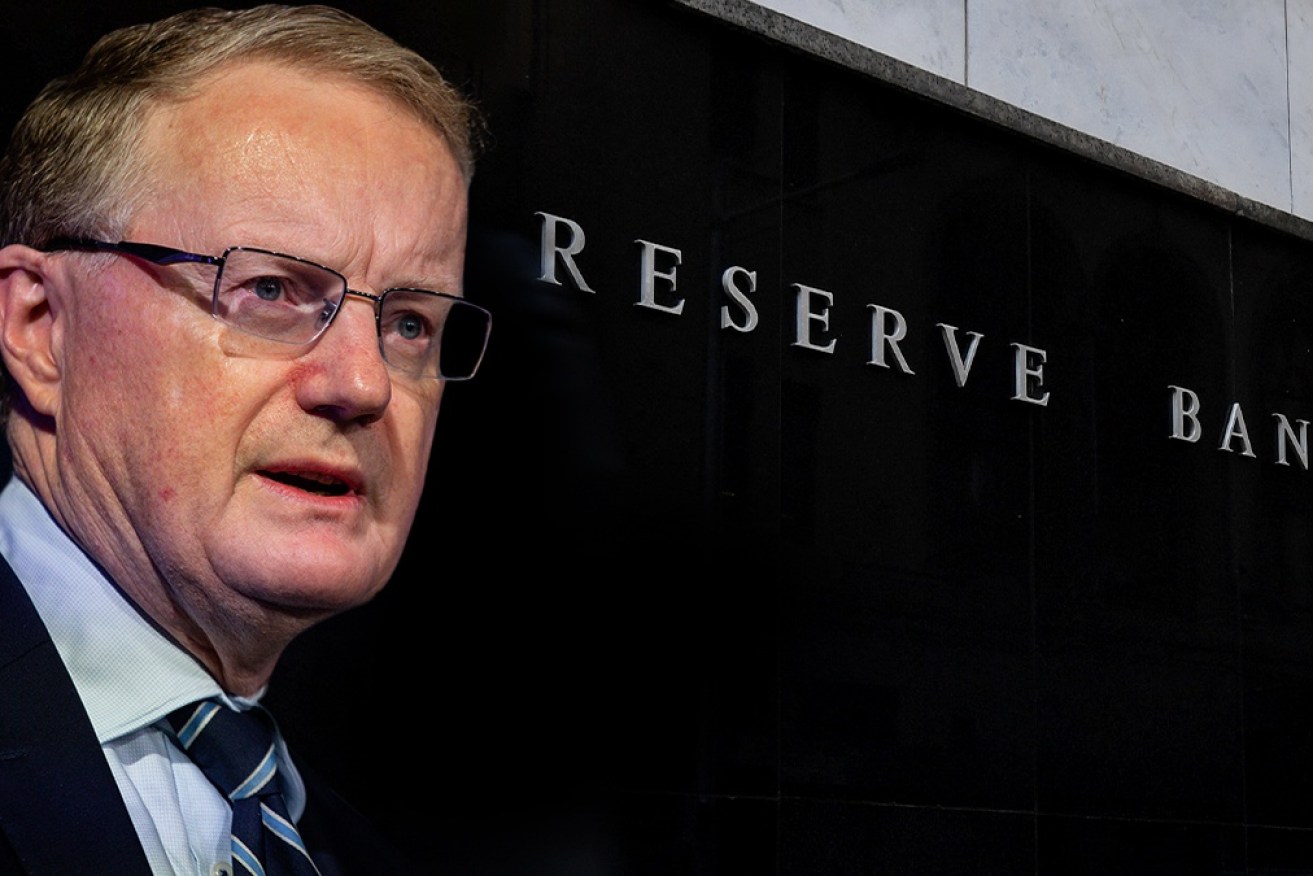RBA raises rates for a record fifth month, but many are yet to feel mortgage pain


RBA governor Philip Lowe has warned Australians to expect further rate rises. Photo: TND
Households face another hike in their mortgage bills after the Reserve Bank increased interest rates on Tuesday for a record fifth month in a bid to curb inflation.
Many home owners are still not feeling financial pain, according to Canstar survey data published on Tuesday, which found up to 44 per cent of people were yet to feel the full force of the hikes.
That’s partly because about a quarter of borrowers fixed their home loans at record-low rates during the pandemic, which means it will be more than a year before the full effect of the RBA rate rises are felt.
Canstar’s finance expert Steven Mickenbecker said the burden of rate increases is falling unevenly on Australians, with those on variable rates feeling the squeeze much sooner.
‘‘A large majority [expect] no change to their situation or even an improvement, while one in four are borrowers are finding their financial situation stressed as loan repayments rise,’’ he said.
Turning point for rates
The latest 50-basis points rise takes the cash rate to 2.35 per cent – its highest level since 2014.
RBA governor Philip Lowe said on Tuesday that the latest hike was needed to bring inflation, which hit a 30-year high in June, back to the central bank’s target range.
“The [RBA] board expects to increase interest rates further over the months ahead, but it is not on a pre-set path,” Dr Lowe said.
The rise will add another $153 to a typical monthly mortgage repayment.
The total squeeze on households paying down a typical 30-year $500,000 loan is now $652 a month since the RBA began raising rates from record lows in May, according to Canstar figures.
Economists expected the RBA’s September hike; they believed it would be necessary after inflation hit 6.1 per cent in the June quarter.
“It certainly won’t be popular, but with inflation at a two-decade high, the RBA had little choice but to tighten policy again in September,” APAC Indeed economist Callam Pickering said.
“And they’ll continue to do so until inflation is under control or genuine cracks begin to appear across the Australian economy.”
Tuesday’s hike is also a turning point for the RBA, which has made references to “normalising” interest rates from record lows during COVID-19 after raising its target at the fastest pace since the 1990s.
BIS Oxford senior economist Sean Langcake said this means interest rates have approached so-called “neutral” territory, where the cash rate target is no longer encouraging greater economic activity.
“They probably see further moves as taking them into restrictive territory,” he said.
Deferred mortgage pain
The turning point for interest rates is expected to prompt the RBA to slow its rate hikes later this year as it waits to see how higher mortgage bills affect households.
The RBA wants rate rises to force households to tighten their belts and reduce their spending on goods and services.
That will help to ease inflation because it is more costly for firms to pass on further price increases when spending is falling.
But because many home owners fixed their interest rates during the pandemic, about a quarter of mortgage payers are enjoying low mortgage bills.
Recent analysis by Jarden economists found $500 billion worth of fixed loans are rolling over in 2023 and 2024 – the bulk coming in early 2023.
Mr Langcake said this reaction of households to higher rates is one key uncertainty facing the RBA, alongside whether inflation begins to ease later this year as global supply chain blocks start to be resolved.









